
At some stage, if you have a Koi pond you may grow an interest in breeding Koi. Even if you are familiar with the process for breeding aquarium fish, keep in mind that breeding Koi requires additional considerations due to their size.
The optimum age for breeding Koi is four to six years for the females and four to ten years of age for the males. Females outside of this age group may produce eggs that have either extremely thin egg walls, hampering survival; or they can produce eggs with walls that are too thick, hampering fertilization by the sperm.
Knowing the optimal age for Koi breeding, you can now proceed to select the Koi that you wish to breed. The male and female specimen should reunite the physical characteristics that you wish to breed for. Once the lucky couple has been selected you must segregate each of them from members of the opposite sex for a period of two to four weeks. During this time period, make sure that each member for the pairing is fed well. Since Koi feeding is at its most frequent and voluminous during the warmer parts of the year, it is recommend that the selection process start towards the end of spring or beginning of summer. Use the climate patterns in your geographical area to determine the best time for Koi breeding.
Following the two to four week gender segregation period, the male and female Koi will be ready to be placed in a spawning tank. A spawning tank is an isolated water container. Also known as a breeding tank, this must be able to hold a minimum of 1000 gallons of water.
The water in the breeding tank should possess a neutral pH level. It is best to fill the tank three days prior to adding the Koi that are to be bred. Make certain to provide this tank with plenty of water aeration. Leave the pumps running in the breeding tank throughout the three day period prior to adding the fish.
The final step before adding the Koi couple to the breeding tank is placing adequate spawning foliage in the tank. This can take the form of water hyacinths or willow cuttings. Spawning nests can also be used. They are made out of a synthetic material shaped into bristles. The purpose of this material is to provide a surface for the eggs to adhere to. If natural nesting material is used, keep vigilant for dragonfly larvae. They are harmless to adult Koi, but can be deadly to Koi fry.
Now, you are ready to add the male and female Koi to the breeding tank.
Add the female a few hours or a full day prior to the male in order to allow her to acclimate herself with the breeding tank. Most Koi spawning takes place in the pre-dawn or early morning hours. If possible, monitor the breeding tank with an inexpensive surveillance camera-to-computer setup. The spawning process can be somewhat rough, with the male literally bumping and thrashing the female against the sides of the tank. This is done so that she can release the eggs as he releases his sperm. Monitor the situation to make certain that the female does become injured in this process. If you detect any injury, remove the female immediately and place her in a holding tank by herself.
The initial spawning action is usually followed by a subsequent spawn which is done to help release any remaining eggs from the female. Following the initial spawning both fish may retire to opposite ends of the tank. Within the hour, they will engage in another session. Following this second session, or 90 minutes following the initial spawn if a second session does not occur, remove each fish to its own individual holding tank. Allow them to rest in their individual holding tanks for 24 to 48 hours prior to reintroducing them to the general population. This allows the female to lose any spawning scent which might drive males in the pond wild. It also allows the male to regenerate the protective layer of oils on his scales which normally gets removed during the thrashing of spawning.
In the interim period, prior to removing each Koi to holding tanks, it is highly probable that they will start eating the eggs. This is normal and should not concern you. For the 60 - 90 minutes that they are in company with the eggs they can only eat a small fraction of the 50,000 eggs which are released in an average spawn. Nonetheless, leaving them with the eggs for longer than that is not recommended.
The eggs will be clearly visible and appear greenish in color. Within three days you will be able to detect which have been fertilized as they will take on a clear appearance. The unfertilized ones will appear cloudy. By the fourth or fifth day a moving Koi embryo can be detected within each egg. By the sixth day the young Koi fry would have hatched.
It will take the Koi fry four months to reach three to four inches in length. Prior to this time, they must be kept in their own tank. The breeding tank can be used for this purpose, just make certain that the filtration system does not endanger the young Koi fry.
Feeding Koi fry during their first two weeks of life consists of a diet of brine shrimp, water fleas, Gerber's egg yolk and powdered Koi food. By the third week, crushed Koi food can constitute the main portion of their diet.
It is possible that you will have 10,000-20,000 Koi fry from the breeding. Culling is required to make the group more manageable. Some breeders automatically cull half of the hatchlings from day one. Natural selection will diminish the size further. During the second to fourth week, additional culling is done to eliminate those specimens that do not demonstrate the physical characteristics that you wish to have in your Koi. These include those with visible physical deformities and those that lack the coloration pattern desired.
Culling can be difficult for many people; however, if you are going to be an effective Koi breeder it must be done. If you feel uneasy about the concept, it is probably best not to breed Koi.
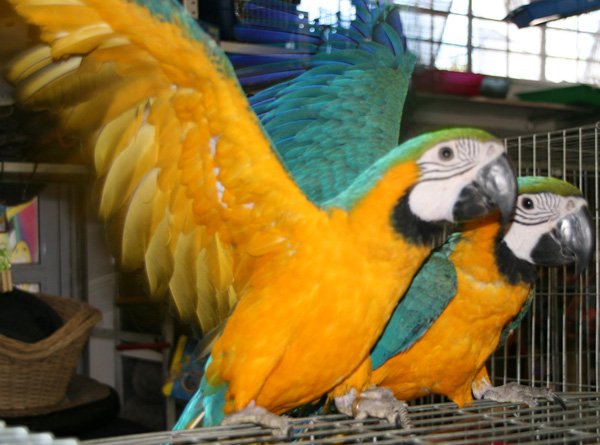 How to Play With Your Dog
How to Play With Your Dog
Puppy games are a gr
How to Play With Your Dog
How to Play With Your Dog
Puppy games are a gr
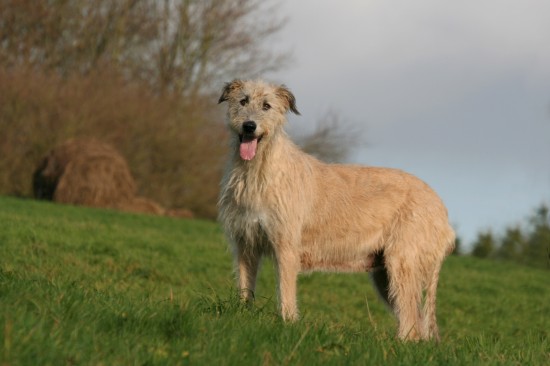 Five Of The Best Irish Dog Breeds
Five Of The Best
Five Of The Best Irish Dog Breeds
Five Of The Best
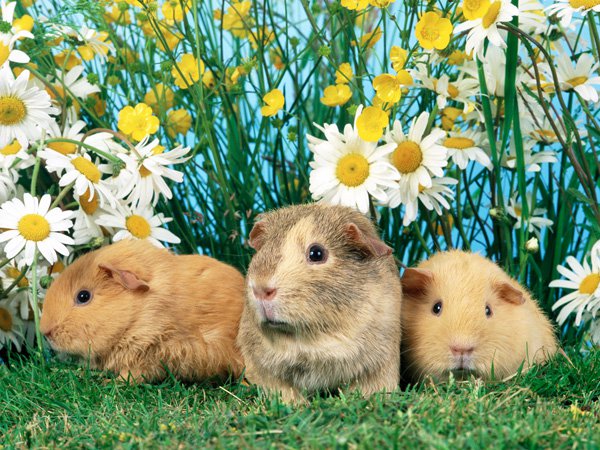 Give Safety to Your Pet with Keeping at Dog Kennels in South Yorkshire
Give Safety to Your Pet with Keeping at Dog Kennels in Sou
Give Safety to Your Pet with Keeping at Dog Kennels in South Yorkshire
Give Safety to Your Pet with Keeping at Dog Kennels in Sou
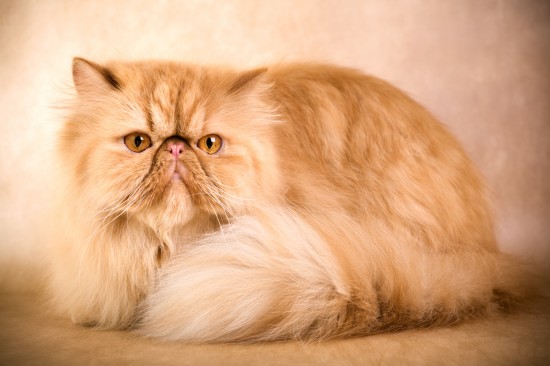 Caring For A Persian Cat - Factors To Consider
Caring For A Pers
Caring For A Persian Cat - Factors To Consider
Caring For A Pers
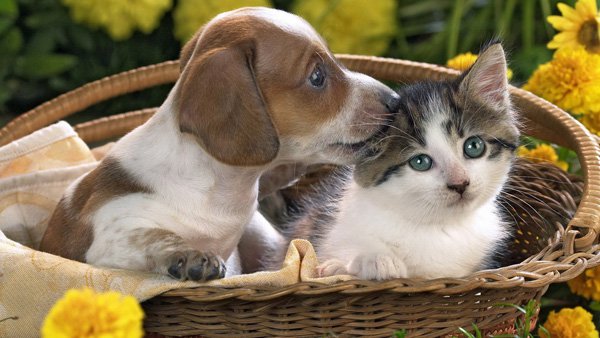 Weather Changes Are Effecting Pets
Weather Changes Are Effecting Pets
Although ke
Weather Changes Are Effecting Pets
Weather Changes Are Effecting Pets
Although ke
Copyright © 2005-2016 Pet Information All Rights Reserved
Contact us: www162date@outlook.com